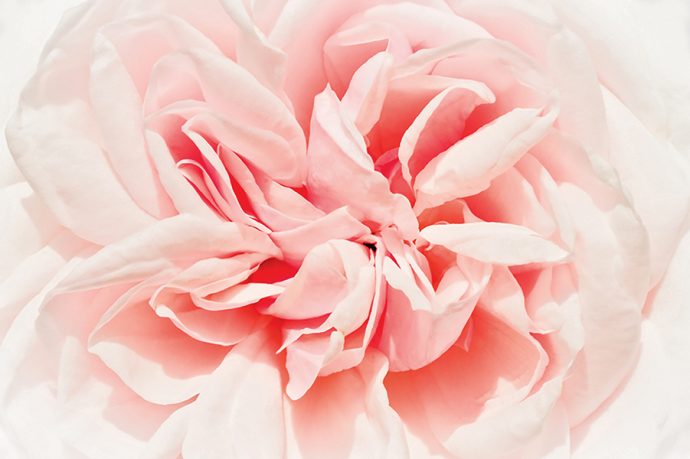Lovers should always have a secret garden,” Dr. Han Suyin (Jennifer Jones) exults to her forbidden lover, the journalist Mark Elliott (William Holden), as they walk beneath the spreading tree that is their meeting place in the 1955 film “Love Is a Many-Splendored Thing.”
Lovers have been associated with gardens ever since Adam and Eve — the subjects of Bruce Feiler’s new book “The First Love Story: Adam, Eve and Us” (Penguin, $28), which posits that Eve and all the members of her sex have gotten a bad rap. Far from being a wanton temptress, consorting with the phallic Serpent, Feiler writes, Eve was the first teacher and Adam’s equal. His book is a reminder that Eve — and, by extension, the garden — is a metaphor for female sexuality, particularly unbridled female sexuality, and man’s attempt to control it. It’s a metaphor that bore fruit in Nancy Friday’s 1973 nonfiction work ,“My Secret Garden: Women’s Sexual Fantasies.”
This would not surprise artists. They have always been at their best when the garden is one of earthly delights (and thank you, Hieronymus Bosch), with pensive Venuses (Titian), trysting gods and goddesses (Indian paintings) and dallying ladies on swings (Watteau) framed but not contained by ordered verdure.
Film, too, has enjoyed the idea of woman’s botanical, sexual awakening. In the underrated “A Little Chaos” (2014), unconventional garden designer Sabine De Barra (Kate Winslet) seeks an opportunity to work with master gardener André Le Nôtre (Matthias Schoenaerts), a strict structuralist, for Louis XIV (Alan Rickman) at Versailles. This being a romantic drama, it’s only a matter of time before she blossoms under the notion of Le Nôtre tilling and watering her soil, so to speak.
While “A Little Chaos” is a work of historical fiction, history has had its share of romances with and in gardens that center on women. Trea Martyn’s nonfiction book “Queen Elizabeth in the Garden: A Story of Love, Rivalry and Spectacular Gardens” (BlueBridge, 2008) describes how Elizabeth I’s dashing, ambitious soul mate and master of the horse, Robert Dudley, earl of Leicester, sought to win the flora-loving Virgin Queen through his magnificent garden at Kenilworth Castle in Warwickshire. Her chief political adviser, William Cecil, sought to stop him with his superbly landscaped Theobalds Palace in Hertfordshire. In the end, Elizabeth I would remain the mistress of her own garden.
Not so Joséphine de Beauharnais. She was a survivor of the French Revolution’s Reign of Terror, a widow with two children and several past lovers when she met Gen. Napoléon Bonaparte, six years her junior, in 1795. Their passionate affair and subsequent marriage played out in a burgeoning bouquet of letters in which he spoke of romping her garden.
But driven by Alexandrian ambitions, Napoleon took the French Army off to Egypt, opening its ancient treasures to the West and paving the way for the later Orientalist movement in the arts. In his absence, she had an affair with an attractive officer. He, too, sported with others. The love letters took a different tone.
While Napoléon was away, Joséphine purchased the Château de Malmaison, a rundown 150-acre estate seven miles west of Paris, an extravagance that angered him. But Joséphine turned it into a wonder of flora and fauna, with an orangery, 200 new plants and, above all, a rose garden of 250 varieties captured by the Belgian artist Pierre-Joseph Redouté. The family was happy there until Napoléon decided he needed an heir, which Joséphine could not give him, and he — here’s a word for you — “repudiated” her in 1809. The divorce gave her Malmaison outright and a substantial pension with which to keep it until her death in 1814.
Pierre-Paul Prud’hon captured her at the beginning of the end in an 1805 portrait now in the Musée du Louvre, the alabaster of her Empire gown and skin contrasting sharply with the scarlet cloak about her and Malmaison’s verdant backdrop. She stares off wistfully, lost in thought having lost love.
But at least she still had her garden.
For more about Malmaison, visit chateau-malmaison.fr.





